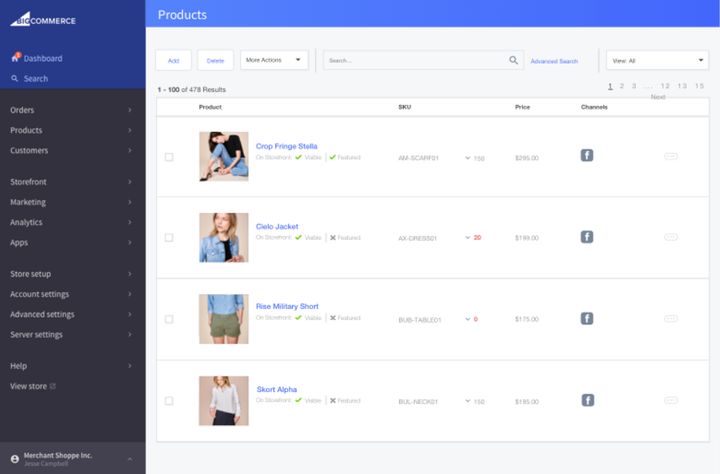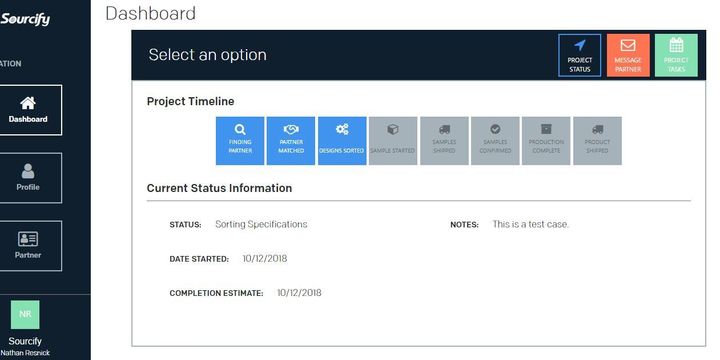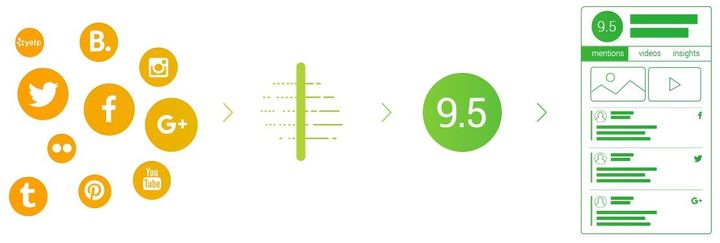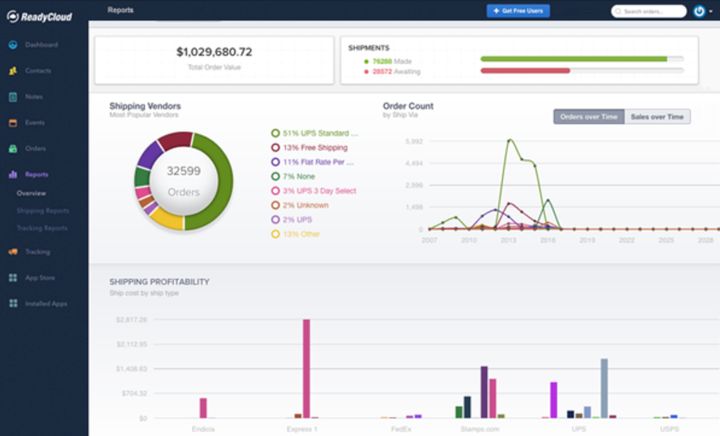
Predicting the future of any industry can be a challenge, but trying to pin down emerging trends in the world of ecommerce is particularly tricky.
After all, consumers evolve just about as quickly as technology does when it comes to doing business online. From the boom of tends such social shopping and AI to cryptocurrencies and security concerns, all of which are making waves and still have room to grow, there are so many variables shifting the landscape of digital retail.
And when we look back at some of the major ecommerce and trends of 2017, such as cross-channel integration and the rise of m-commerce, it’s crystal clear that there are a number of companies today that do indeed have a pulse on the future of retail online.
When we look into 2018, what ecommerce trends are poised to take over and who are some of the driving forces behind them? Below we’ve outlined five players in the space, both big and small, that are looking to meet the challenges of modern consumers head-on and transform the ever-changing world of retail tech.
1. BigCommerce: Bridging the Gap for Omni-Channel Sales
As ecommerce is constantly evolving, consumers are finding purchasing opportunities anywhere and everywhere they can. Identifying this constant, BigCommerce has continuously noted the need for digital retailers to adopt an omni-channel presence if they don’t want to ignore scores of potential buyers who are active on various digital platforms.
Whether it’s through in-app purchasing, non-virtual popup stores, buy buttons embedded in content resources, dedicated web storefronts, Facebook social commerce integrations or third-party marketplace platforms, merchants are expected to be everywhere at once regardless of their customers’ demographics to give shoppers what they want.

2. Sourcify: Simplified Sourcing Through Software
One of the biggest challenges for any ecommerce entrepreneur is figuring out their supply chain. Connecting with the right factory can be a nightmare and getting through a production run can be even harder.

For a company that wants to source effectively, there is Sourcify. Their platform makes bringing a product to life easier, as they connect you with a pre-vetted factory and have project management software that handles the whole process.
As an increasing number of companies need to source faster, Sourcify seems to be filling a gap in the ecommerce industry.
3. Ubisend: Bots That Provide Stellar Customer Service
Although chatbots may be seen as little more than a trend in the digital retail space, there’s a good reason why so many brands are hopping on board the bot bandwagon. They sell more.
A recent report by Ubirsend suggests that as new as they are, chatbots are becoming an expectation for digital retail brands rather than a fad. Some of the highlights:
· 35% of consumers are interested in more bot interactions, with 57% noting that they had already had a positive interaction with chatbots in the past
· On average, consumers are willing to spend well over $600 via bot-driven transactions
· 40% of consumers are interested in bots as means of delivering personalized deals
Ubisend’s chatbot customer service solution represents the newest wave of retailers looking to reach consumers around the clock, while learning more about their shoppers simultaneously.

The end result? More positive customer interactions and opportunities to score sales, all the while filling the void for personalization when it comes to promotions, offers and deals.
4. Feelter: Ensuring Transparency for Online Shoppers
In an era where merchants are more transparent than ever in terms of ratings and reviews, Feelter is looking to help ecommerce brands leverage the power of social proof and positive feedback. Feelter essentially automatically finds, processes, curates and aggregates reviews, feedback, user-generated content (UGC) and star ratings from across the web. From there, the system generates an overlay summarizing the information in a handy interface that merchants can include in product listings.

With so many brands scrambling to find ways to integrate UGC into their sales strategies, a service like this takes much of the legwork out of the process. Given that user-generated content increases conversion rates by 29% and consumers typically trust real-world reviews, expect similar review aggregators to become the norm over time.
5. Pulsate: Supporting the Rise of In-App Purchases
It’s no surprise that m-commerce continues to boom given consumers’ dependency on mobile devices. In fact, worldwide revenues from in-app purchases are expected to exceed $70 billion by 2020.
Pulsate represents the sort of “all in one” solution for merchants looking to navigate the mobile marketplace for the first time. This powerful platform not only boasts its own chatbots and highly customizable push notifications for digital retailers, but also a mobile ecommerce solution that accepts any and every type of payment from shoppers.

Especially given the growing international marketplace beyond mobile, it’s crucial to merchants to allow for flexibility in regard to payment. Again, it all points back to the concept of giving consumers as many options as possible.
6. ReadyCloud: Ecommerce Customer Relations in the Cloud
Just as consumers need options, so do merchants.
As noted in HuffPo’s previous ecommerce trend round-up, cloud hosting is opening new doors for ecommerce brands as the cloud market continues to grow.
As a result, cloud-based CRMs such as ReadyCloud have emerged as cost-effective options for merchants in search of that ever-so-important omni-channel presence. With storefronts coming in all shapes and sizes, smaller merchants should explore their options beyond the biggest players for the sake of their budgets.

ReadyCloud automatically creates customer records and updates them with information on habits, orders, returns, shipping preferences. It all integrates with your calendar, inventory database and shipping services. The platform can also create powerful reports, visualizing trends.
Where Does Digital Retail Go from Here?
There seems to be no shortage of news coming out of the world of retail tech, given how the landscape is constantly shifting. These particular players represent companies staying on top of today’s digital retail trends heading into the new year.
There’s no telling how much the space might change even further, but there’s also no doubt that the movements outlined above are definitely worth tracking as 2018 draws nearer.
